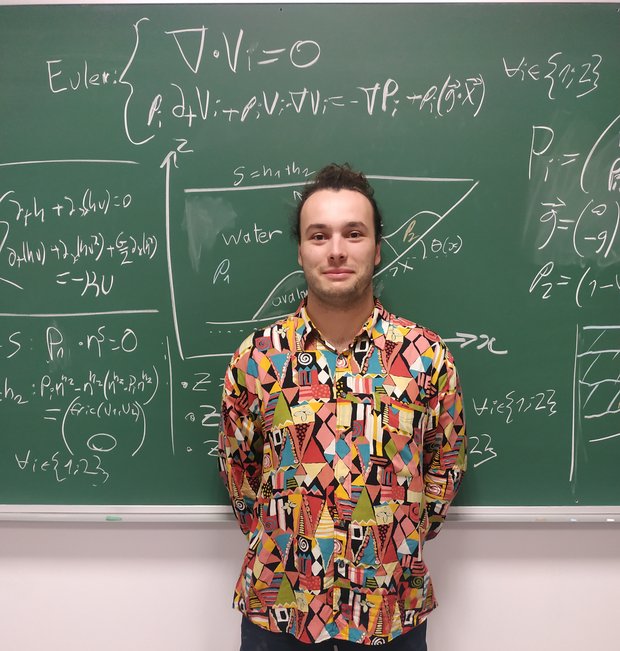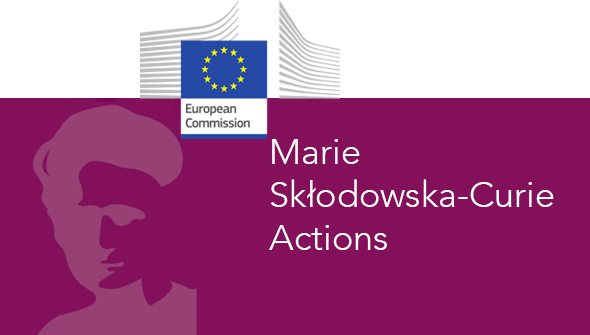
Gwendal Léger
Universidad de Sevilla, Spain
Project: Modelling of seismic waves generated by submarine landslides and tsunamis
My research objectives: Submarine landslides can be very violent events that generate seismic waves that in turn generate tsunamis. As they are difficult to observe, simulations can be of great help for risk assessment and to help understand the dynamics at play. My goal is to develop a program modelling submarine landslides and the waves generated by these. I will do a 6-months "secondment" in Kiel, Germany, to calibrate the model with experimental data.

